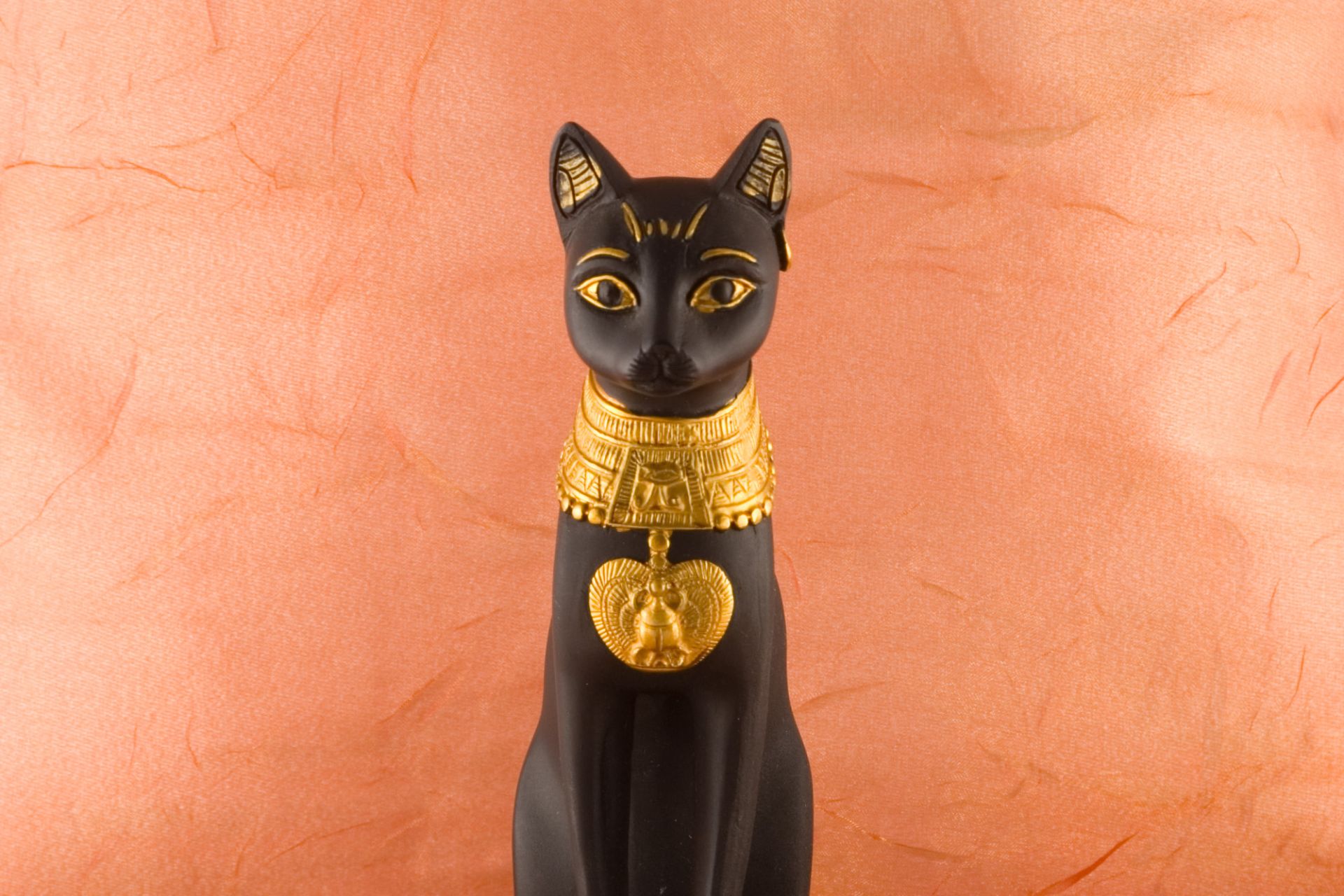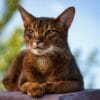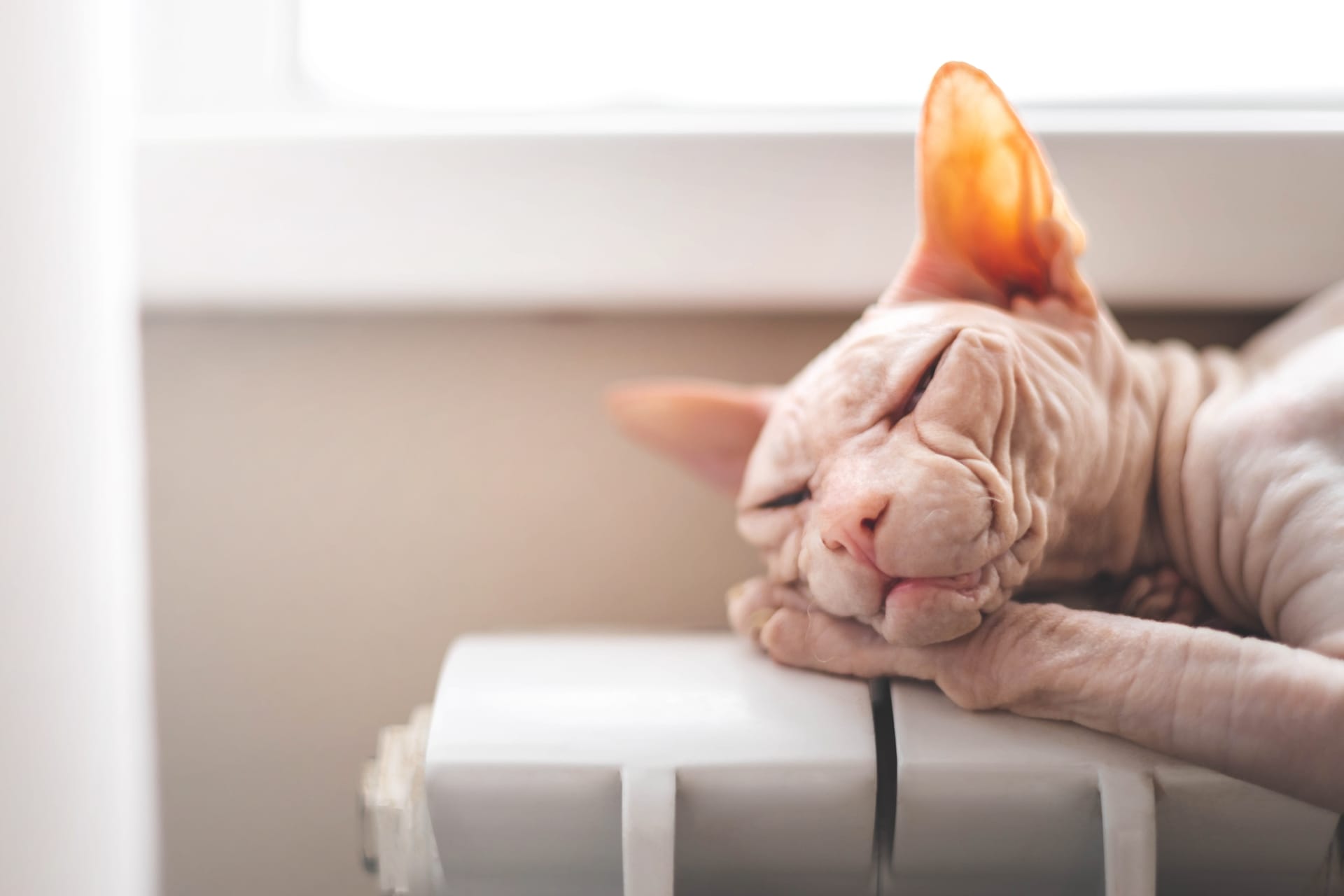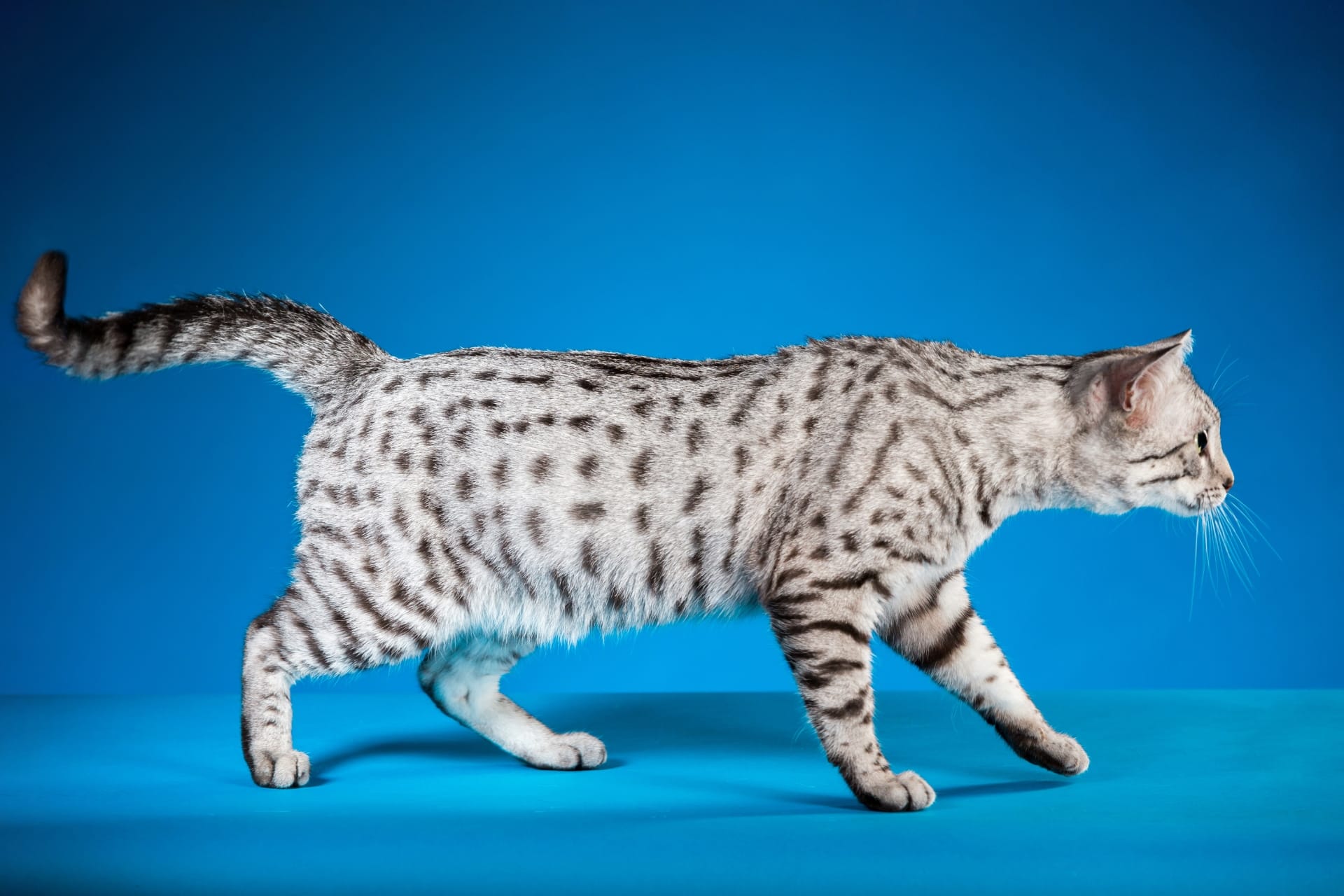In a nutshell: Egyptian cats were sacred guardians in ancient times, revered as divine protectors and family treasures—leaving a legacy that inspires cat lovers today.
Ever wondered why ancient Egyptians treated cats like royalty? You’re not alone! In ancient Egypt, cats weren’t just pets—they were worshipped as sacred beings, shielded by law, and cherished as family. This deep devotion turned Egypt into the cradle of feline reverence, influencing everything from art to modern breeds like the Egyptian Mau. Journey with us to the land of the Pharaohs to explore why Egyptians adored their cats, how these felines shaped daily life and religion, and why their mystique endures in breeds like the Egyptian Mau, Sphynx, and Abyssinian. Hint: These aren’t ordinary cats—they had an entire civilization purring at their paws!
Why were cats sacred in ancient Egypt?
Short Answer: Egyptians revered cats as divine protectors and symbols of Bastet’s power, safeguarding homes and blessing families.
It began with a practical need: protecting grain stores from rats and snakes. Cats, with their sharp hunting skills, became household heroes. But their role quickly transcended utility—Egyptians saw them as spiritual guardians, warding off evil spirits and bringing good fortune. This belief crystallized with Bastet, the goddess who evolved from a fierce lioness to a gentle domestic cat by the Middle Kingdom (circa 2050-1710 BC). As the deity of home, fertility, and protection, Bastet’s feline form made cats her living avatars—owning one was like hosting a piece of divinity.
Archaeological finds—like the 2018 Saqqara discovery of over 100 cat statues—reveal the depth of this reverence. Temples in Bubastis buzzed with her festival, drawing thousands to honor cats with offerings and celebrations. For Egyptians, these sacred felines were more than mousers—they were a bridge to the divine.
Did cats rule ancient Egypt? Yes, legally and literally
Cats didn’t just have clout—they had legal clout. In ancient Egypt, killing a cat was a capital offense, punishable by death—a law rooted in the belief that harming one angered Bastet and invited divine wrath. Greek historian Diodorus Siculus recounts a Roman soldier lynched in 60 BC for accidentally killing a cat, showing how fiercely Egyptians enforced this protection. Even exporting cats was banned to keep them sacred within Egypt’s borders.
This legal status elevated cats to untouchable family members. When a cat died, owners shaved their eyebrows in mourning, and some were mummified in ornate coffins—over 300,000 cat mummies were found in one Bubastis tomb alone. Cats roamed freely, revered as living blessings with a status rivaling royalty.
Modern echoes: Egyptian-inspired cat breeds
Egypt’s feline legacy lives on in breeds that carry its mystique:
– Egyptian Mau: A direct descendant with natural spots and speeds up to 30 mph—explore its story in our Egyptian Mau guide.
– Sphynx: A hairless Canadian breed with an Egyptian aesthetic—learn more in our Sphynx cat guide.
– Abyssinian: A sleek, curious cat often tied to Egypt’s elegance—dive into its details in our Abyssinian guide.
These breeds bridge ancient reverence with today’s cat culture, each echoing Egypt’s sacred feline heritage in its own way.
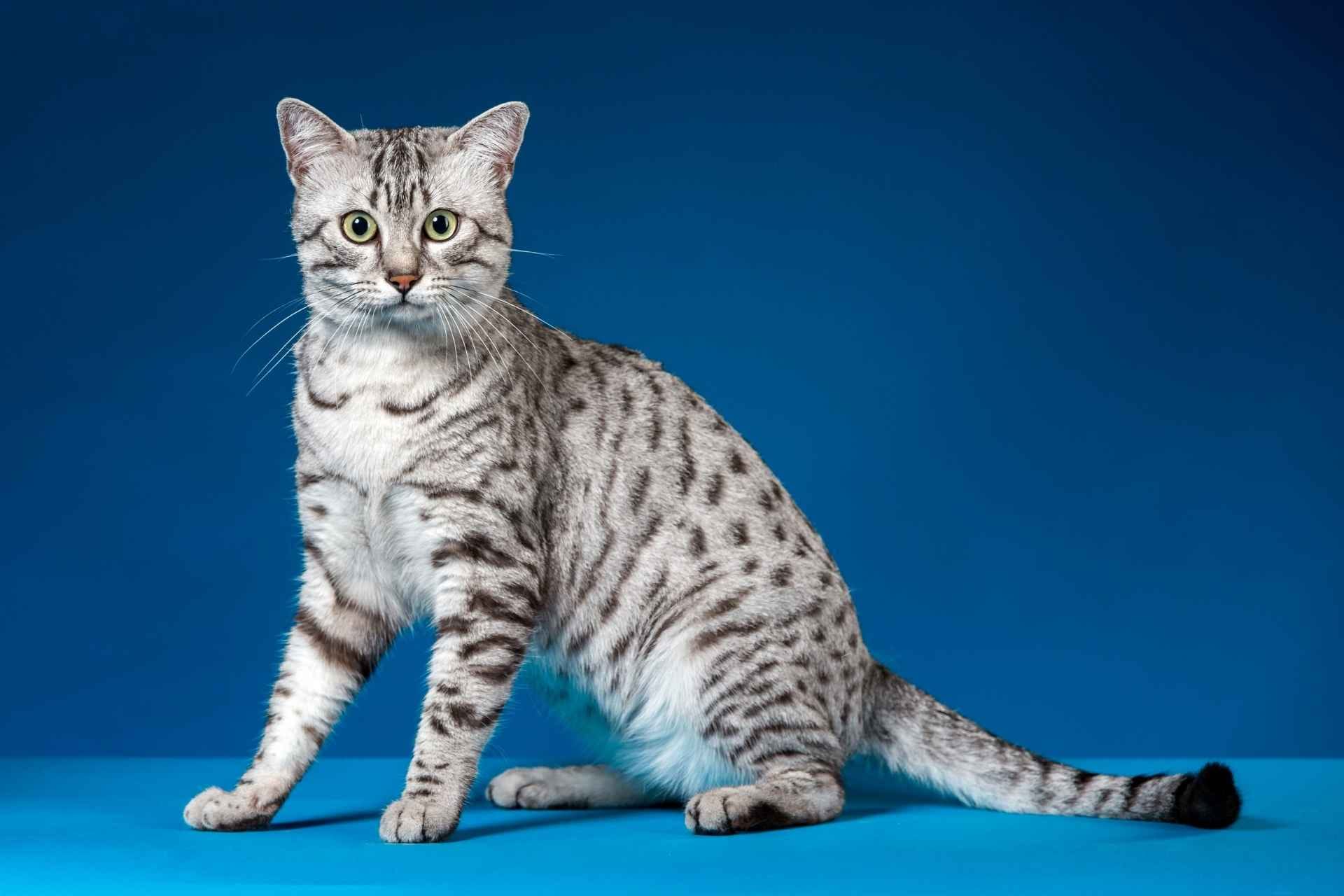
Are Sphynx cats actually Egyptian?
No—despite their name, Sphynx cats hail from Canada, born in 1966 from a hairless mutation. Their bald, regal look mimics Egypt’s iconic cat statues, but it’s pure aesthetics, not ancestry. For a true Egyptian breed, look to the Mau—Sphynxes just borrow the vibe!

Cats in Egyptian religion and mythology: Beyond the hunt
Egyptian cats were more than pest controllers—they were spiritual powerhouses. Bastet, evolving from a lioness warrior to a domestic cat deity, embodied this duality. Early on, she symbolized war and protection; by the New Kingdom (1550-1070 BC), she softened into a guardian of home and fertility. Cats, as her emissaries, carried this sacred weight, protecting both body and soul.
Who is the cat god in Egypt?
Bastet is Egypt’s iconic cat goddess. Her temples, like those in Bubastis, doubled as sanctuaries where cats roamed free, adored by worshippers. Her annual festival drew thousands—Herodotus claims 700,000—celebrating with music, dance, and feline tributes. Harming a cat risked Bastet’s fury, a belief so strong it shaped laws and lives.
Why are cats vital in Egyptian beliefs?
Cats balanced nurturing and ferocity, reflecting Bastet’s essence. In mythology, a cat slays Apophis, the chaos serpent, aiding Ra’s triumph—tomb art often shows this under chairs. Their spiritual role made them indispensable, their presence a sign of harmony and divine favor.
Egyptian cats in daily life: Family and prestige
Cats weren’t just divine—they were woven into daily life. In homes, they lounged in comfort, dined on fish, and sometimes wore jewelry—true VIPs. Wealthy families flaunted them as status symbols, their presence signaling prosperity. When a cat died, mummification was common—some tombs held cats with their owners, hinting at an afterlife reunion.
A cat’s life in Egyptian homes
Cats ruled Egyptian households with a pharaoh’s confidence. Noble families pampered them, and their deaths sparked rituals like eyebrow-shaving—grief as real as for any kin. This bond wasn’t just affection; it was a cultural cornerstone, blending practicality with reverence.
Did Cleopatra have a cat?
Cleopatra’s cat ownership lacks hard proof, but her era (Ptolemaic, 69-30 BC) suggests it’s likely. Known for her love of luxury and animals—like leopards—she may have kept Egyptian Maus, their spotted elegance fitting her regal image. While historians debate, her mystique keeps the cat connection alive.
Cats in Egyptian art and literature: Eternal icons
Egyptian cats star in art—hieroglyphs of seated felines, wall paintings of cats under chairs, and bronze statues like those in Saqqara. These works capture their grace and strength, reflecting a bond etched in stone and story for millennia.
Egypt’s feline legacy in modern breeds
Egypt’s cat worship ripples into today’s breeds:
– The Egyptian Mau carries Nile roots with its speed and spots.
– The Sphynx borrows Egypt’s aesthetic, minus the fur.
– The Abyssinian mirrors its elegance and curiosity.
This legacy shapes cat culture, from decor to our pets’ entitled stares—an echo of Egypt’s timeless devotion.
Petme: Unleash your inner Egyptian cat devotee
Channel Egypt’s feline fervor on Petme, the pet social network for pets and their people. Build a pet profile to crown your cat a modern pharaoh, share their majestic moments, and join a legion of cat lovers celebrating their sacred spirit. Download the pet app at https://petme.social/—where every cat reigns supreme!
Conclusion: A timeless feline reverence
Egyptians didn’t just love cats—they revered them as sacred protectors, family, and divine links. From Bastet’s temples to the Mau’s modern stride, their legacy endures in art, culture, and breeds like the Egyptian Mau, Sphynx, and Abyssinian. Next time your cat claims the throne—er, couch—know it’s a tradition millennia in the making.
FAQs
What is the Egyptian cat called?
The Egyptian Mau, with its spotted coat and ancient lineage, is the iconic Egyptian breed—fast, loyal, and regal.
Why are cats sacred in Egypt?
Cats were sacred as Bastet’s earthly forms, protecting homes and symbolizing fertility— Egyptians saw them as divine blessings.
Are Sphynx cats Egyptian?
No, Sphynx cats are Canadian, bred in 1966—their Egyptian link is aesthetic, not historical.
What breed of cat is Egyptian?
The Egyptian Mau stands out, its Nile roots evident in its spots and speed—see our Mau guide.
What was the punishment for killing a cat in Egypt?
Death—harming a cat was a grave sin, risking Bastet’s anger and societal outrage.
Your inbox needs this
Subscribe to the Petme newsletter for weekly updates with pet care tips, tales, and member-only perks.



